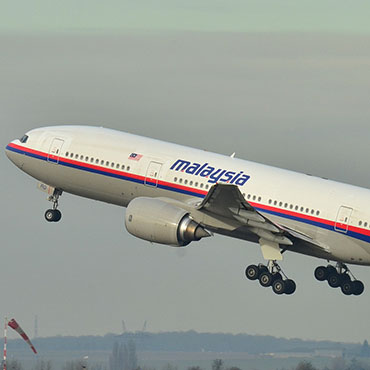NTSB recommends new data recovery tech to FAA

Recent air disasters present stark evidence that the government needs new aircraft location and in-flight data transmission technologies.

The disappearance of a Malaysia Airlines Boeing 777-200 in March 2014 was one of the disasters that prompted NTSB to review flight data technology.
Transportation safety officials have recommended new technologies to aviation regulators that would make gathering data from downed planes faster and easier, even if an aircraft has crashed into the ocean.
Christopher Hart, acting chairman of the National Transportation Safety Board, sent a letter to Federal Aviation Administration Administrator Michael Huerta highlighting a number of data transmission and location technologies that hold promise in finding and drawing data from downed aircraft in difficult locations, primarily water. The letter was a follow-up to a forum NTSB convened last October to examine emerging flight data and locator technology.
The crash of Air France Flight 447 into the Atlantic Ocean in 2009, which killed all 228 people on board, and the disappearance of Malaysia Airlines Flight 370 in 2014 over the South China Sea are stark evidence that new aircraft location and in-flight data transmission technologies are needed aboard aircraft traveling over water, Hart wrote.
His recommendations to the FAA include black boxes that automatically start sending flight data via satellite in the event of a triggering event aboard an aircraft. High-speed transmission capabilities being developed for flight crew communications could be harnessed for those situations.
In addition, Hart pointed out that the U.S. military is using devices that combine voice and data recorders into a single deployable unit that is designed to separate from an aircraft when it suffers structural damage or is submerged in water, potentially making the recorder easier to find.
Hart also recommended that the FAA equip commercial airplanes with a tamper-resistant method to broadcast enough information to a ground station to confirm the point of impact of a stricken aircraft within six nautical miles, and he recommended that all new aircraft have a way to recover flight data that does not require manual underwater retrieval.
He asked that FAA officials respond to the recommendations within 90 days.





